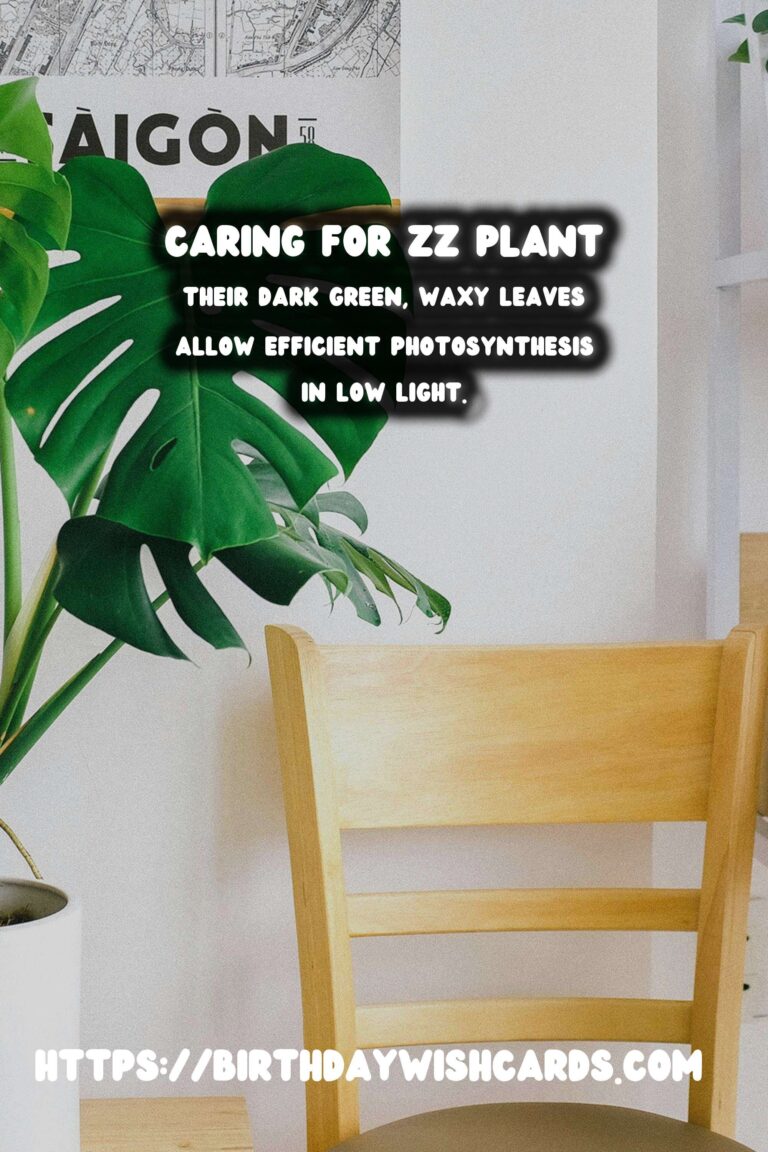
ZZ plants, or Zamioculcas zamiifolia, have become increasingly popular in indoor gardening due to their tolerance to low light conditions and minimal care requirements. They are native to Eastern Africa and have adapted to survive in environments where light is scarce. In this article, we will explore the unique adaptations of the ZZ plant that allow it to thrive in low light and how you can care for them to ensure healthy growth.
The Unique Adaptations of ZZ Plants
One of the most remarkable features of ZZ plants is their ability to photosynthesize efficiently in low light. This is made possible by their dark green, waxy leaves that maximize light absorption. Additionally, ZZ plants have a rhizome, a thick underground stem that stores water and nutrients, allowing these plants to survive periods of drought and low light. The rhizome acts as a reserve, ensuring the plant’s survival even when environmental conditions are not ideal.
Optimal Growing Conditions for ZZ Plants
While ZZ plants are known for their low light tolerance, providing them with indirect light will result in more vigorous growth. They can tolerate direct sunlight for short periods, but prolonged exposure may cause leaf scorch. It is essential to maintain a balanced environment for your ZZ plant. The ideal temperature range is between 65°F and 75°F (18°C to 24°C), and they prefer a humidity level similar to that of most indoor environments.
Watering and Soil Requirements
ZZ plants are drought-tolerant and require infrequent watering. Overwatering is the most common mistake that can lead to root rot. It is best to allow the soil to dry out completely between waterings. Use a well-draining potting mix to prevent water from pooling at the bottom of the pot. A mix designed for succulents or cacti is ideal for ZZ plants.
Common Issues and Solutions
Despite their hardiness, ZZ plants can encounter issues such as yellowing leaves, which is often a sign of overwatering. Adjusting your watering schedule and ensuring proper soil drainage can help resolve this problem. If the plant becomes leggy, it may be a sign that it is not receiving enough light. Relocating the plant to a brighter spot can encourage fuller growth.
Propagating ZZ Plants
ZZ plants can be propagated through leaf cuttings or division. Leaf cuttings involve cutting a healthy leaf into segments and planting them in soil, where they will eventually develop rhizomes. Division involves separating the rhizomes into smaller sections and planting them individually. Both methods require patience, as ZZ plants grow slowly.
Conclusion
ZZ plants are an excellent choice for those seeking a low-maintenance houseplant that can adapt to low light conditions. By understanding their unique adaptations and providing the right care, you can enjoy the lush, green foliage of a healthy ZZ plant in your home. Remember to monitor their light, water, and soil conditions to prevent common issues and ensure your plant thrives.
ZZ plants are popular for their low light tolerance and minimal care requirements. Their dark green, waxy leaves allow efficient photosynthesis in low light. ZZ plants have a rhizome that stores water and nutrients for survival. Providing indirect light results in more vigorous growth. Overwatering can lead to root rot, so allow the soil to dry out completely between waterings. ZZ plants can be propagated through leaf cuttings or division. 
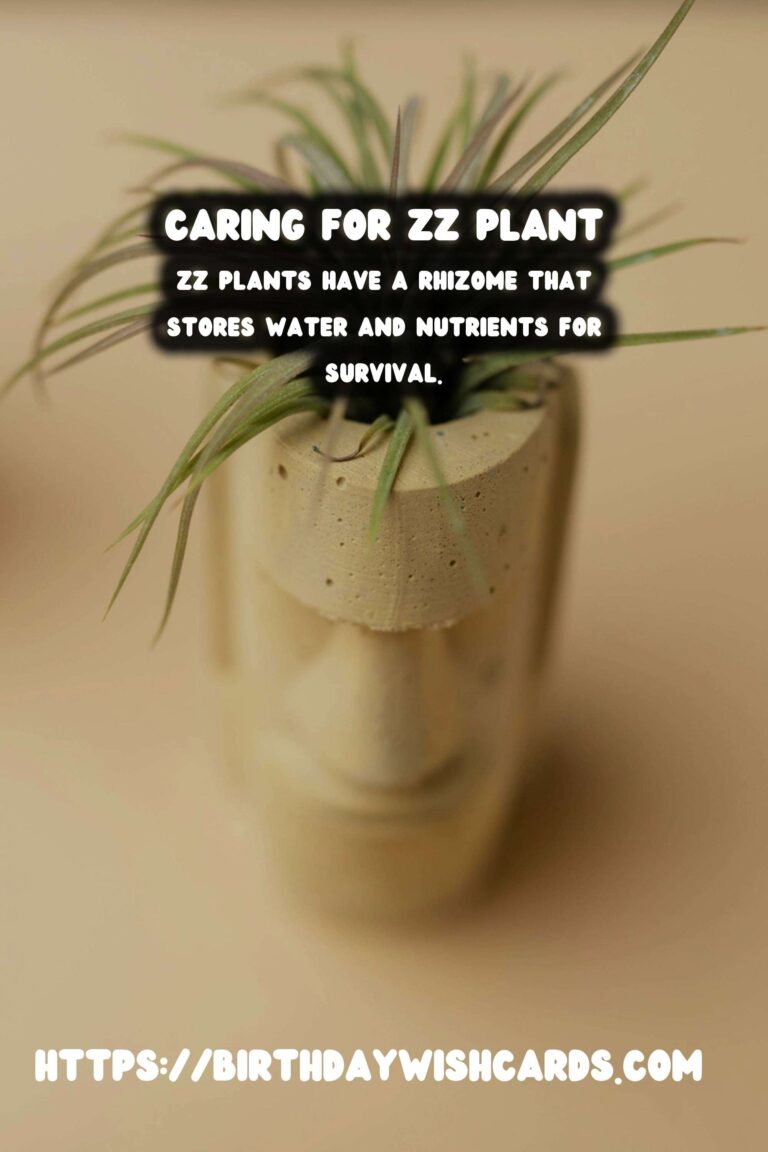
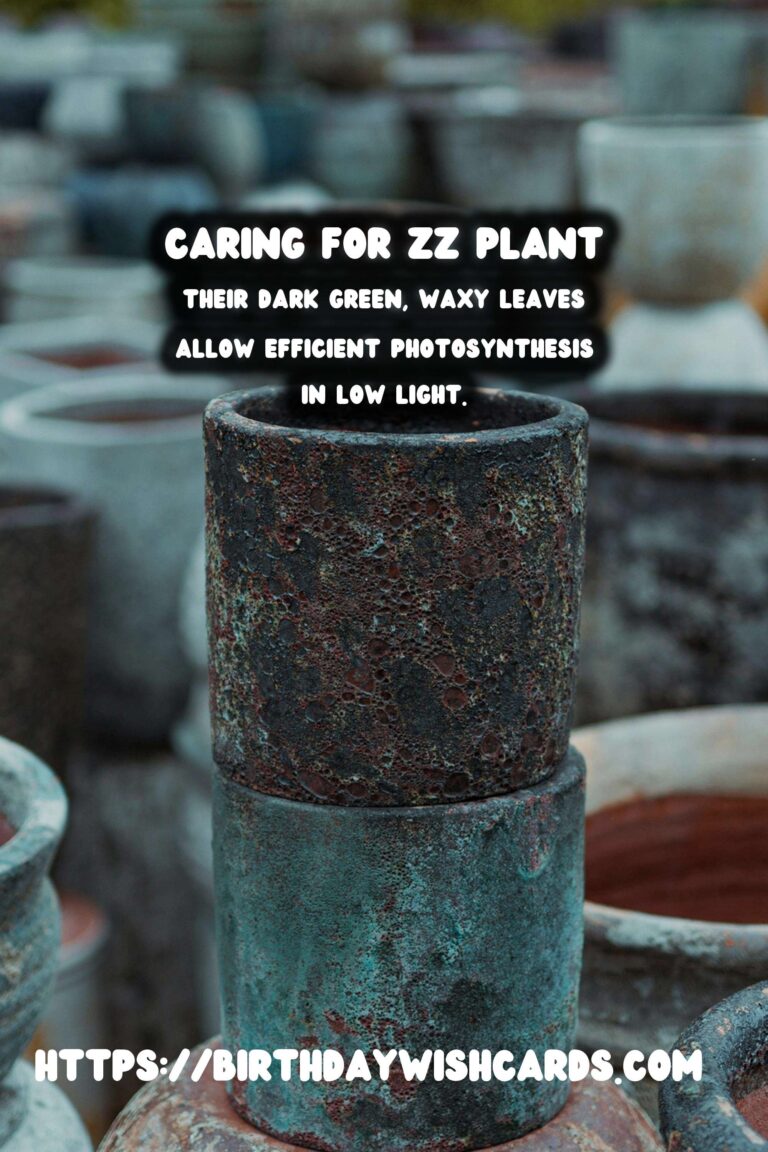
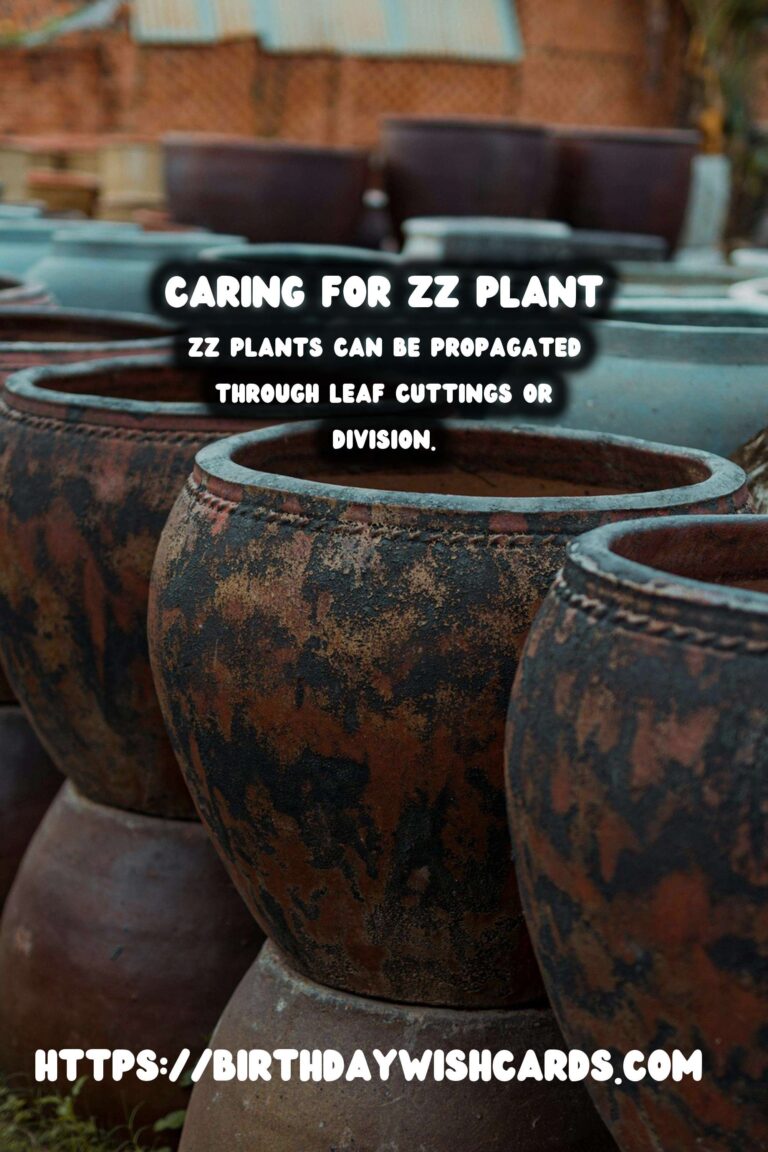
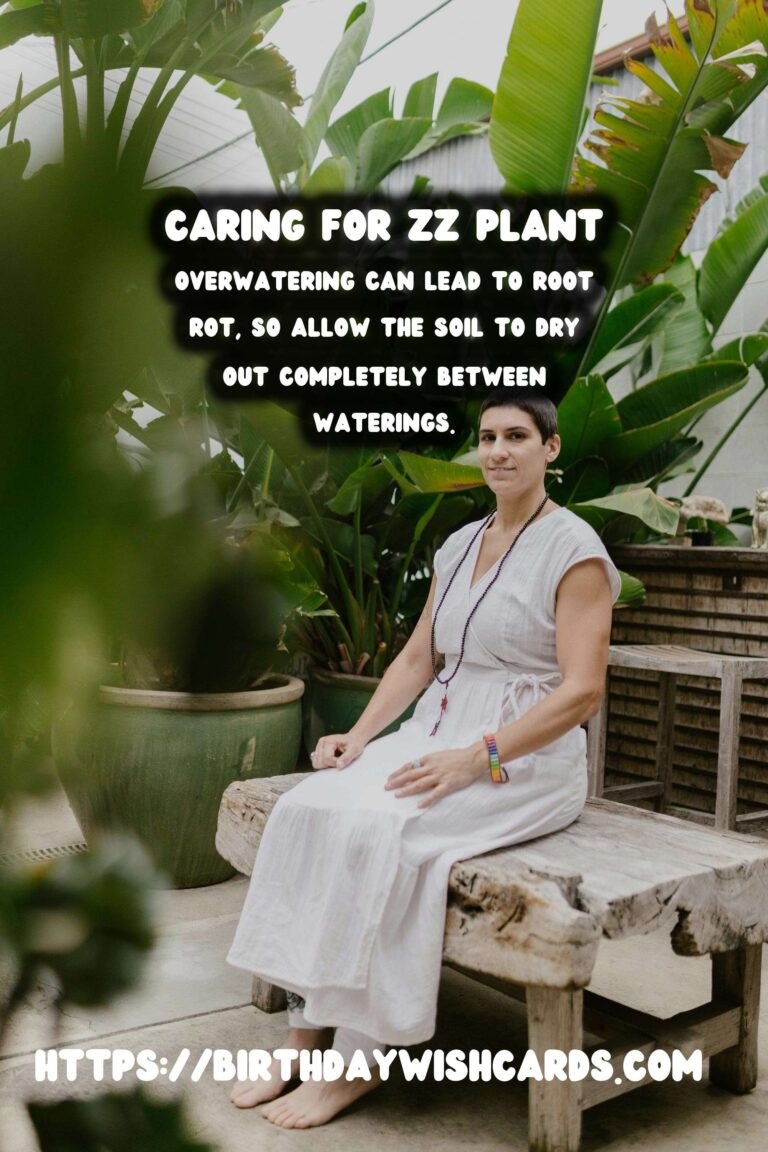
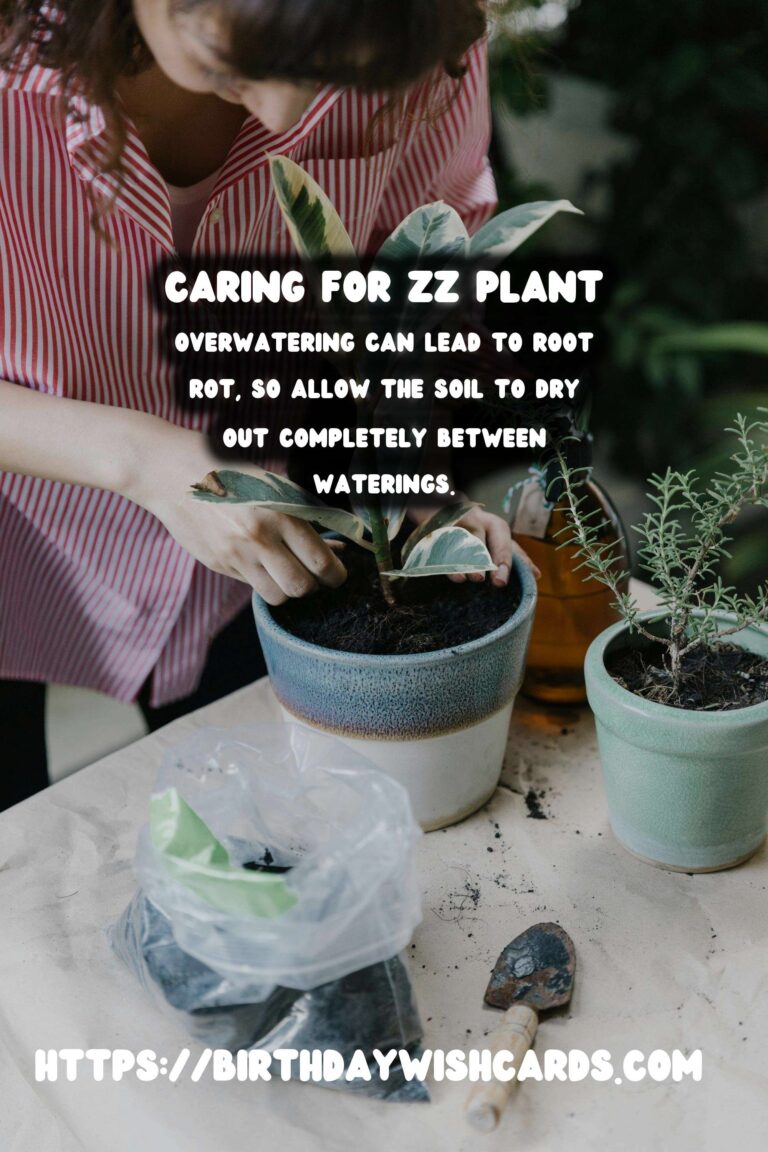

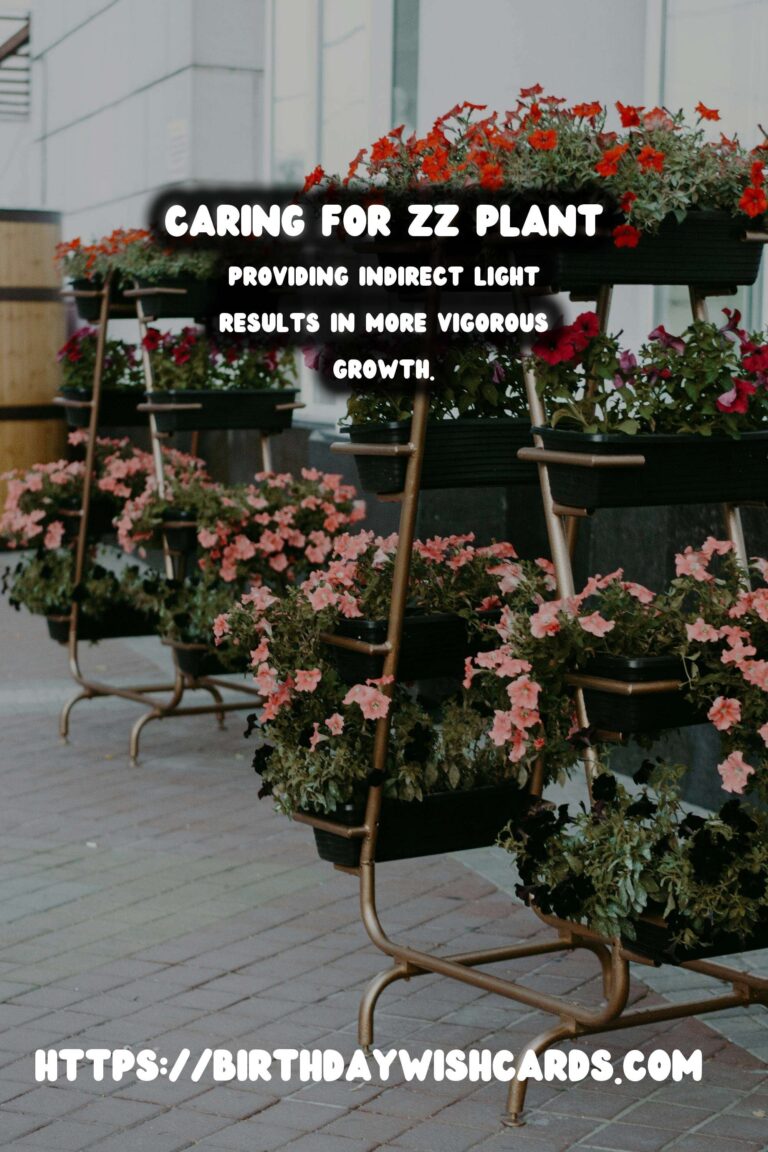


#ZZPlants #IndoorPlants #LowLightPlants #PlantCare #Gardening




